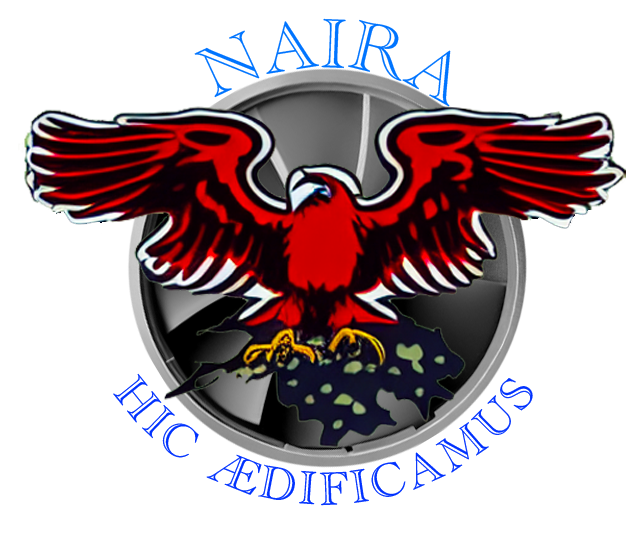🛎️ DARPA for AI
2024-02-09
We need DARPA for AI!
Wait, you ask – don’t we already have that? And who’s “we” anyway?
Flipping it around, “we” are the Global West, led (for better or for worse) but the USA. And no, we don’t yet – we have AI for DARPA, which is not the same.
We need DARPA for AI because the AI technology have today is already transformative, and ensuring broad competition with minimum barriers to entry is essential to making sure that the AI we get tomorrow is not concentrated in the hands of Zuckerberg, Nadella, Altman et al. And we definitely need to get to that future before China gets there with its commitment to the values of totalitarian collectivism.
What exactly would a “DARPA for AI” do? First, it would provide a counterweight to the regulatory capture already being attempted in Washington and Brussels. And second, it would provide promising startups and bootstrapped SMBs with access to infrastructure and subsidies for talent so they can realistically compete with the big players hoarding both – without having to come to the dark side just to build their products.
It would also guarantee that the technology thus developed be available for the public good, and at some level provide a safety valve just in case we accidentally invent Skynet.
Read on for my optimistic, but actually serious proposal.
Introducing NAIRA

Welcome to the National Artificial Intelligence Research Accelerator!
(As long as I’m playing POTUS, I nominate Naira Hovakimyan to be the first Director. Apologies, or not, to the ₦.)
Created by an Act of Congress in 2025, NAIRA has a mandate to accelerate AI business creation by facilitating access to compute, research, and capital.
It maintains its own set of massive compute and data centers distributed according to the normal mix of pork-barrel logic and fear of earthquakes. Note: it does not piggyback on the NSA’s cloud, nor does it pay the Bezos Tax. This is metal, owned by the people.
NAIRA also maintains its own in-house research center, which is tasked with doing basic research and curating the results of its own work and that of grant recipients, such that the research (models, for instance) can be easily reused by the public. By default, its work is in the public domain, but subject to Congressional review it may be classified or otherwise restricted.
Finally, NAIRA manages an investment fund with some money specifically earmarked for matching salaries for in-demand roles filled by US citizens or permanent residents – a match also available to NAIRA researchers internally – and some of it available for direct capial investment.
There are three ways a startup – or, critically, a bootstrapped small business not beholden to venture capital – can access these resources.
First, it can apply for a grant. This usually takes the form of access to the compute resources, and these grants are given relatively freely as NAIRA is required by law to maintain sufficient capacity. These so-called Cloud Grants are the standard way early-stage companies interact with NAIRA, and they are provided with no strings attached. As with DARPA, the expectation is that promising results will lead to greater involvement with the grantee later. Companies must be domestically registered, based, and owned – other countries can and should have their own AI accelerators – but otherwise it’s an open call, unlike DARPA’s specific calls for proposals.
Second, the company can apply for a capital grant to achieve staffing or, in rare cases, to obtain equipment NAIRA does not itself maintain. In these cases, there are most definitely strings attached: NAIRA gets a perpetual seat on the board and review rights for non-public IP; the subsidized staff must spend 20% of their time doing work directly for NAIRA’s own research wing, with strong protections against Google-style “120% time” cheating; and in the case of equipment, NAIRA is the actual owner, and the company leases the gear.
Finally, the company can request direct investment from NAIRA itself, i.e. have the government effectively become an Angel Investor in return for equity. This option is reserved for companies doing work that is likely to be in the public interest, and with longer timelines than the VC world usually supports. NAIRA follows a modified version of the Y Combinator Standard Deal with some key differences: additional funding levels subject to the capital-grant restrictions; a ban on non-US ownership of the company until it goes public; and a ban on offshoring labor. A startup might get $500K plus another $1M towards expert staff and sufficient cloud power to comfortably get them through their first year of serious research and development, after which they are able to either get additional funding or fold their results back into the NAIRA research lab. Structured right, it’s a win-win, and NAIRA will be smart enough to iterate on its deal structure.
Grants are given twice per year and the selections are made by a panel of experts from a cross-section of society, critically including industries other than tech. (Coming up with a roster would be great fun but is out of scope for today.) All their proceedings are fully available to the public, so if you’ve been turned down you know why.
That, dear friends, is my slightly e/acc take on DARPA for AI. Chuck & Mitch, give me a call! Let’s set this up!